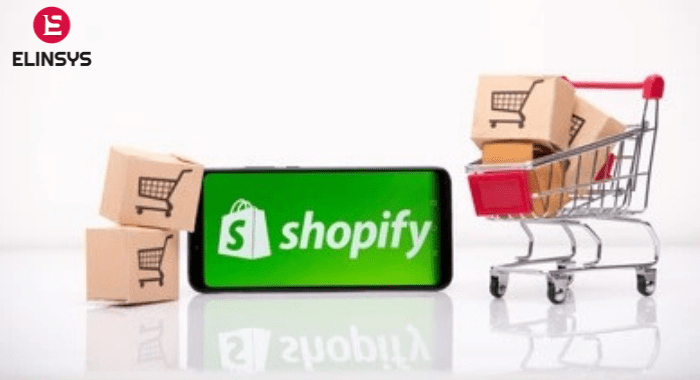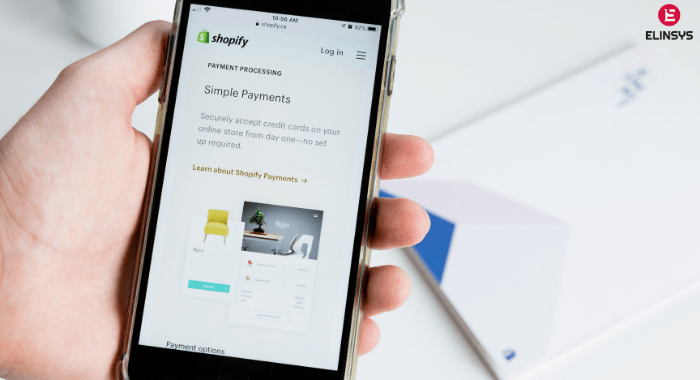In the real world, web design needs to be catered to who you expect the visitors to be. B2B (Business to Business) and B2C (Business to consumers) is a very different game. The website design should focus on the end user experience. That’s where the differences between designing for a B2B website and a B2C website play an important role.
What is the difference between a B2B or B2C website?
There are some design trends that remain consistent. Like, whether you have a website for a flower shop, or a law firm or a leading SaaS company – the design must be responsive, intuitive and must have all the security as required for compliance. Some design elements do not change from B2B or B2C.
The differences between B2B and B2C come in the approach you take in building certain design elements.
The Target Audience
Designs are always created with the target audience in mind. Knowing the audience helps develop images and a tone of voice that appeals to the right people. B2B sites will cater to a range of experts or people who already have knowledge of your service. The aim of the website and the content is to help them achieve better. The design needs to convince B2B buyers that they are making the right choice. B2B customers need a more logical approach. B2C on the other hand are more influenced by emotion. They want quick solutions for their problems. They want to feel assured to purchase from a brand that ‘understands’ them. Authentic photos, bright colours and a quirky layout works well for a B2C site.
The Purpose
The motive behind a customer’s purchase is also one of the biggest differentiators for B2B and B2C market. Knowing what’s pushing a target audience to interact with a brand will help design a website that appeals to them. B2B designs focus on selling to a decision maker on the validity of a solution – the website must explain what the solution is, how it works and how it addresses a specific pain point. For B2C website, the appeal lies in the emotional impact. Many times B2C designs have quick purchase options and easy call to actions and urgency that demand and encourage conversions. B2B sites focus on giving the right information so that other businesses can take informed decisions.
Content
Content for B2B site needs to be carefully thought of. You need to show authority and need to explain your offerings without too much jargon. B2C on the other hand, – the simpler the better – you can even experiment with witty or creative content too. The main focus should however be on addressing the need of the end customers.
Visual appearance
Visual elements for B2B websites need to present a highly professional and respectable image. A lot of safe and clear choices for typography and illustrations need to be done. B2B sites may have minimal animations and very few illustrations and enough information for the customer to read and make a decision of contacting you. Designs for B2C websites can be a little more daring. With the pressure for capturing attention – quick, you can experiment with colours, illustrations and animations.
CTA buttons
Call to action buttons too need to be designed carefully for both. B2B sales do not usually happen within one click. It requires talks and negotiations and a number of meetings. So, the CTA buttons could be designed for ‘Get a Quote” or ‘Enquire’ etc. B2C however – the quicker the customer gets a CTA to buy – the better for the business!
Navigation and Search bar
B2B website, the search and navigation needs to be simple and clear and concise. Whether it’s B2B or B2C the navigation helps people get to what they want. Whether it’s a product or a blog – design it to be easily accessible.
Contact Forms
For B2B websites, often, longer contact forms may be required. The prospect’s details need to be gathered for the sales team to follow up. However, designing a contact form, you should include all the information that the business may require from their prospects. B2C contact forms need to be minimalistic – the FAQ section can cover the information they would otherwise need to call you for making a buying decision. A simple pop up contact form could suffice too.
Website Designing for B2B or B2C takes a little research and a little understanding of the audience you are catering to!


